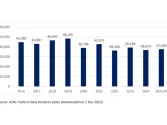
Surabaya retail occupancy rate to grow by 3% annually until 2027
And rents are expected to rise by 2% this year.
According to Colliers, Surabaya’s retail market keeps evolving as malls actively adapt to attract shoppers. As one of Indonesia's key urban centers, Surabaya offers a diverse retail destination, driven by a mix of festive events, promotional campaigns, and strategic mall activities.
The overall occupancy rate in Surabaya was registered at 72.5% in H2 2024 as per Colliers data, showing a modest improvement compared to H1 2024. The combination of events, strategic leasing, and new store openings underscores the dynamic nature of Surabaya’s retail market, showcasing its resilience and potential for further growth. Occupancy is projected to hit around 76% in 2025 and is expected to increase by approximately 3% annually from 2025 to 2027.
Ferry Salanto, Colliers Head of Research mentioned that “Surabaya remains a vibrant city for shopping activities, with demand concentrated in high-traffic malls offering strong tenant mixes. Notable leasing activity is observed in one of the prominent malls within mixed-use developments.”
To remain appealing, landlords may actively enhance their tenant mix by targeting lifestyle-driven retailers and offering flexible leasing options to attract emerging brands. Developing effective marketing strategies, such as loyalty programs and promotions, may be essential to increase foot traffic. Additionally, landlords expected to regularly update themselves on retail trends and tenant feedback, which can help identify opportunities for improvement and innovation.
Looking ahead, demand is expected to grow by approximately 4% per year during 2025-2027, driven mostly by the increasing confidence of fashion as well as food & beverage retailers. Rental rates are expected to grow by approximately 2% in 2025, while service charges may rise by nearly 3%, supported by anticipated economic growth and retail demand. These adjustments reflect landlords' confidence in investing in modernizing properties and creating engaging retail environments, aligning with evolving retailer and consumer expectations.




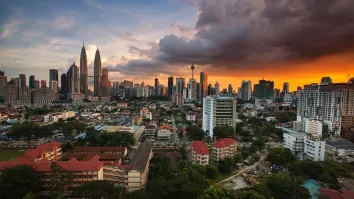
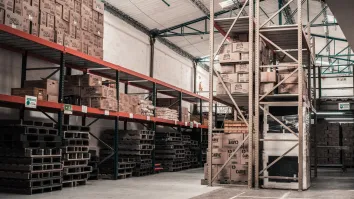

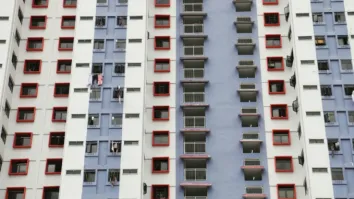

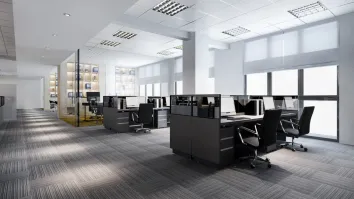



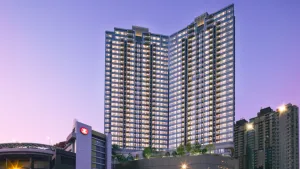


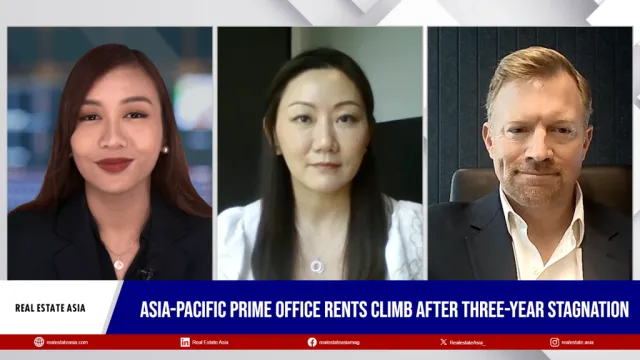


 Advertise
Advertise
